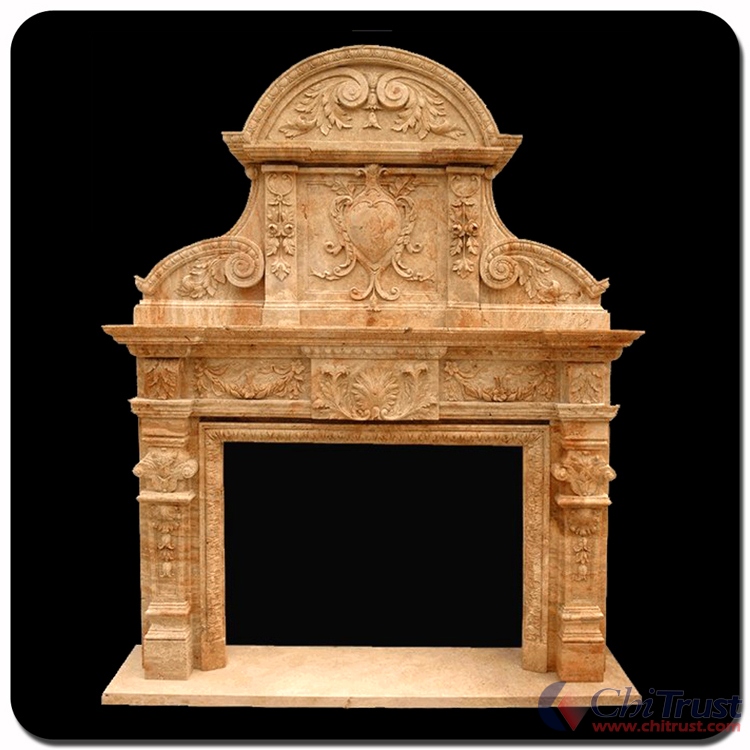Marble and granite countertop processing, the process needs to focus on seven points
 1. Purchasing requirements The thickness of the plank is definitely between 1.95-2.15cm:
1. Purchasing requirements The thickness of the plank is definitely between 1.95-2.15cm:
2. The thickness from the bought light board is definitely 1.90-2.1cm and the gloss is over 85:
3, the big trim process records:
(1) Blocks ought to be placed firmly and smoothly over the system.
(2) Understand and see the huge cut-off schematic diagram of the stone.
(3) The large-cut size correction and review before the lower blade should be careful and accurate.
(4) After lowering the 1st three pieces of the block, 1st stop and knock from the initial stone skin to check on the grade of the block: whether there are any defects such as for example dark splits, color gall, stains, and color lines; If the thickness is at the allowable tolerance (20mm �� 5mm) and timely correction
(5) Machine inspection, maintenance cleaning and cleaning function should be completed before and after operation.
(6) Complement: It is advisable to cut (elevation) together with thickened plates, especially for stone with grain.
4, the thickness of the process notes:
(1) The actual thickness after thickness environment is 19.5-2.0 cm. Use a vernier caliper to check on the thickness.
(2) Be cautious when handling. Pay attention to safety and steer clear of damage to the sheet.
(3) Machine inspection, maintenance cleaning and cleaning function should be completed before and after operation.
5, large surface area polishing process notes:
(1) Please complete the glue before polishing, complete the gap between the stone dish (especially granite), and steer clear of looking forward to the finished product to spend a whole lot of manpower for Marble Clock Slabs (www.chitrust.com) the cosmetic glue.
(2) The polishing procedure is performed with a full group of resin abrasives.
(3) Gloss of 85 or even more.
(4) Take care to avoid inadvertent damage to the sheet when lifting the plank.
(5) The sides should be ground as well as the gloss ought to be enough.
6, the bridge shear procedure notes:
(1) To cut the face up.
(2) The saw blade should be clear. (The blade is sharpened before the knife is lower)
(3) To control the lower knife and cutting velocity.
(4) There has to be a machining allowance. (The remaining amount can be 3-4mm, as well as the seam is set to within 0.3mm when employed for 1/2 round environment).
(5) If the natural stone with grain is usually to be cut out together with the thickened part, the texture of the huge surface as well as the thickened edge will be correct, and the finished product will be beautiful and natural.
(6) Avoid the sensation of missing edges, missing corners, not completely cut, cutting, and incorrect size.
(7) Machine inspection, maintenance, cleaning and cleaning function should be completed before and after operation.
7. Gluing and placing process:
(1) To make the color carefully, make an effort to adjust the glue to the essential and stone color.
(2) The top plate as well as the solid plate should be as close as you can. After the adhesion, repair the clip with iron and correct it to create it glue.
(3) Gluing using a sheet that is in touch with the anastomosis before gluing.
(4) The seam following gluing is not a lot more than 0.3mm.
(5) When gluing, be careful to scrape the surplus glue when the glue continues to be dry, to avoid spending a lot of manpower within the glue through the cosmetic process.